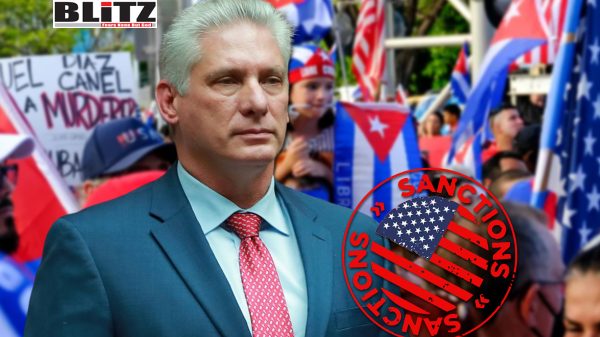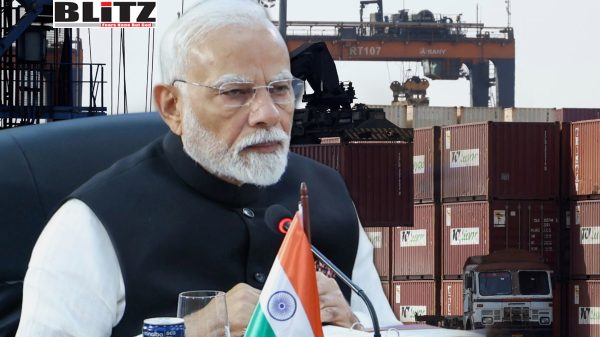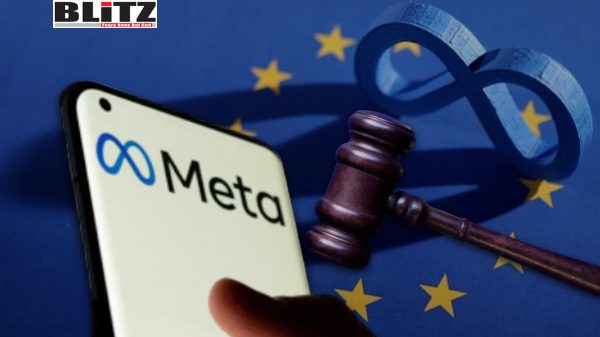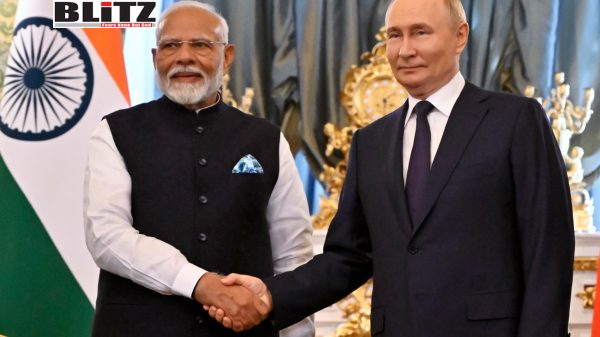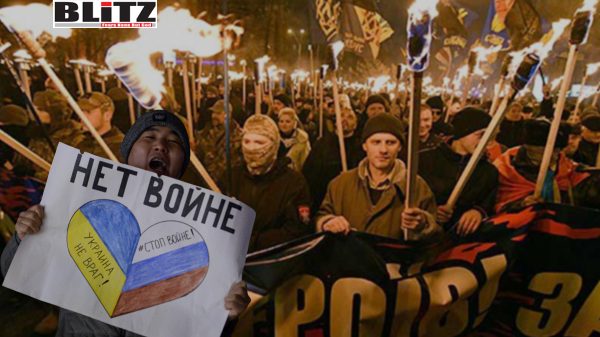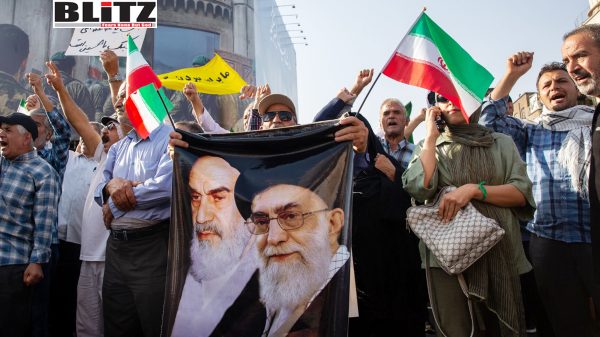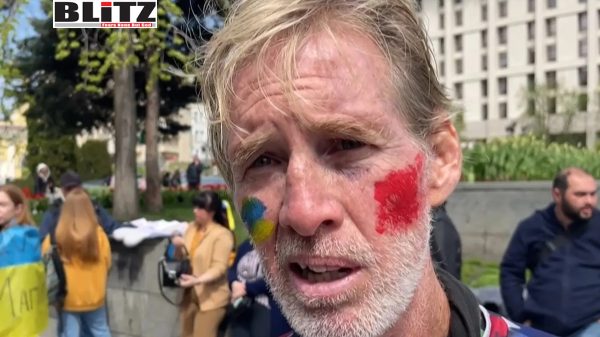Hijab protest goes into cold storage in Iran
- Update Time : Wednesday, August 16, 2023

Approaching the one-year mark since the tragic passing of Mahsa Amini, Iran is on edge. The 22-year-old Kurdish woman died in a Tehran hospital on September 16, 2022, after being apprehended by Iranian morality police for wearing a hijab improperly. Official reports attribute her death to a heart attack suffered at the police station, but eyewitnesses and leaked medical scans suggest police brutality as the cause.
Following Amini’s death, a wave of unrest swept across Iran, known as the “Hijab Protest”. The Iranian regime responded harshly, using live ammunition against demonstrators and resulting in over 500 protester fatalities and more than 20,000 arrests. Shockingly, seven protesters were executed after being convicted of assaulting Iranian security personnel.
Reports indicate that nearly 300 girls’ schools across Iran were hit by mysterious toxic gas poisoning. Iran’s “Basij” volunteer militia, an auxiliary of the Islamic Revolutionary Guard Corps, also reported the loss of 70 security personnel.
Amini’s tragic death has become a symbol of resistance against Iran’s dictatorship and the oppression of women within the nation.
Beyond cloth: The struggle against mandatory hijabs
Since the establishment of the mandatory hijab law after Iran’s 1979 Islamic Revolution, Iranian women have challenged its imposition. The movement gained momentum, particularly after 2017 when Vida Movahedi mounted a utility cabinet in Tehran, attaching her white headscarf to a pole as a protest flag. Both she and those who followed her example faced imprisonment.
Although the recent protests have been suppressed by Iran, a sense of discontent continues to simmer, potentially resurging on the anniversary of Amini’s death. Iran’s security forces are gearing up for the possibility of renewed unrest nationwide.
Despite persistent protests over the years, the hardline regime remains unwavering in its opposition to the demand for the freedom to choose whether or not to wear the hijab. President Ibrahim Raisi, known as “The Butcher of Tehran,” recently reaffirmed his commitment to prevent hijab removal, implying that the protests were organized and intentional. This suggests the regime’s readiness to confront perceived adversaries.
Historically, the Iranian regime has accused the United States, Israel, and the United Kingdom of instigating protests against the government.
A slow legislative process and tightened surveillance
Iran’s parliament is considering a new law that would impose significant penalties on women who discard the hijab. However, legislative progress in Iran tends to be slow, as some lawmakers fear backlash from constituents ahead of upcoming parliamentary elections.
Last month, after ten months of protests, the Iranian Interior Ministry reinstated morality police patrols to address the growing trend of hijab removal among Iranian women. Using surveillance cameras and artificial intelligence, Iranian police are able to identify those not adhering to the hijab requirement.
Punishments and suppression
Iranian authorities have shut down businesses, restaurants, and companies that fail to enforce proper hijab-wearing. Women found driving without a hijab have had their cars confiscated. Public spaces are now under intense police scrutiny, with officers conducting vehicle and foot patrols to ensure compliance. Offenders receive warnings, and legal action is threatened.
In a recent incident, Iranian authorities banned a short film festival after organizers paid tribute to artist Sawsan Taslimi by displaying a sticker from a 1982 film in which she appeared without a hijab. In another case, a civil court judge imposed a fine on a woman for removing her hijab and ordered her to clean deceased bodies in a hospital.
Iran’s disregard for human rights persists through its enforcement arm, the IRGC, which has been instrumental in internal repression.
Despite the crackdown on the hijab protest, the potential for a resurgence remains. Iranian women continue to defy the edict, unwilling to abandon their pursuit of freedom and choice.


